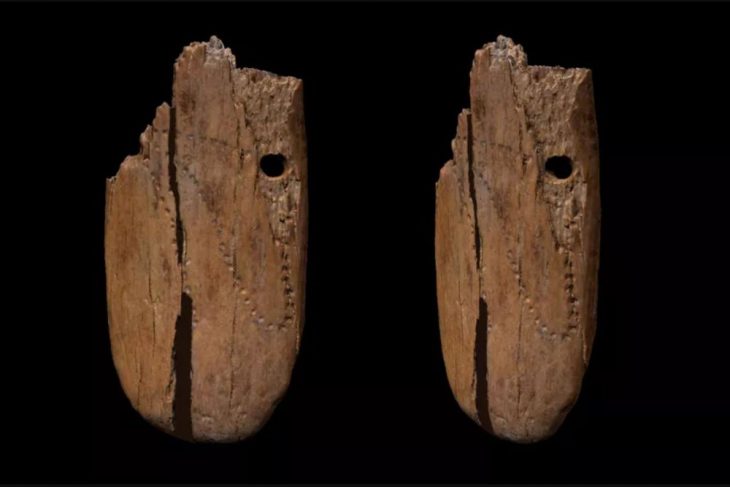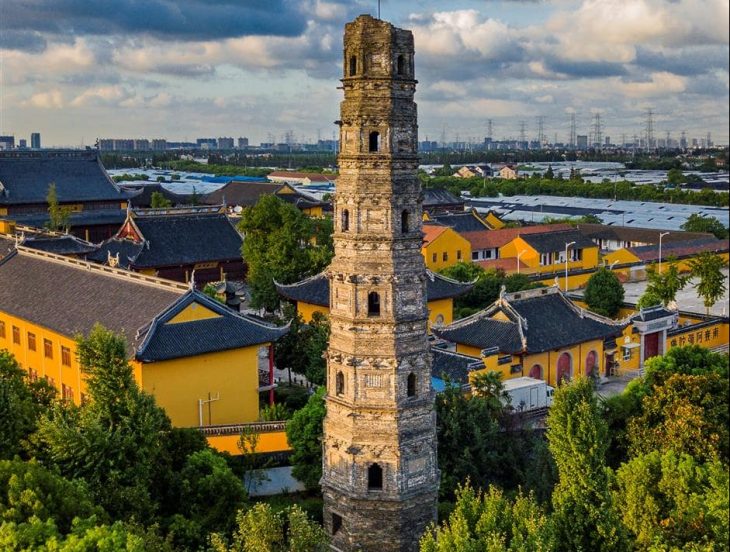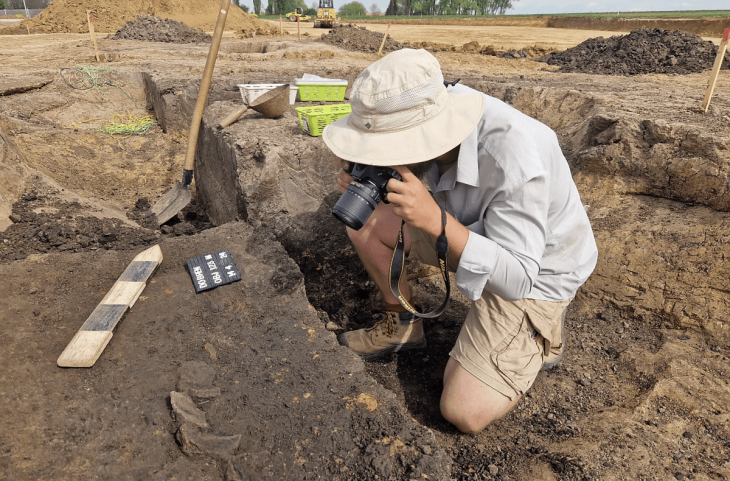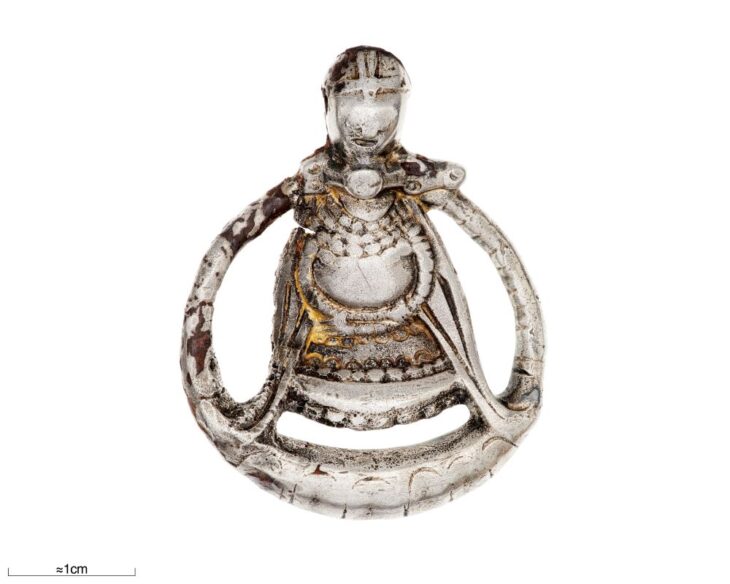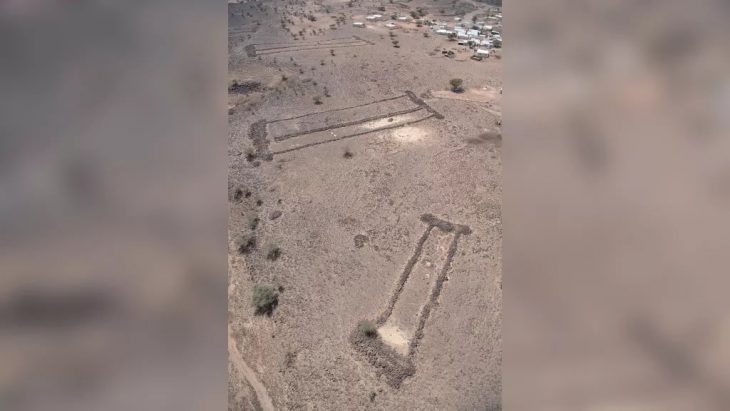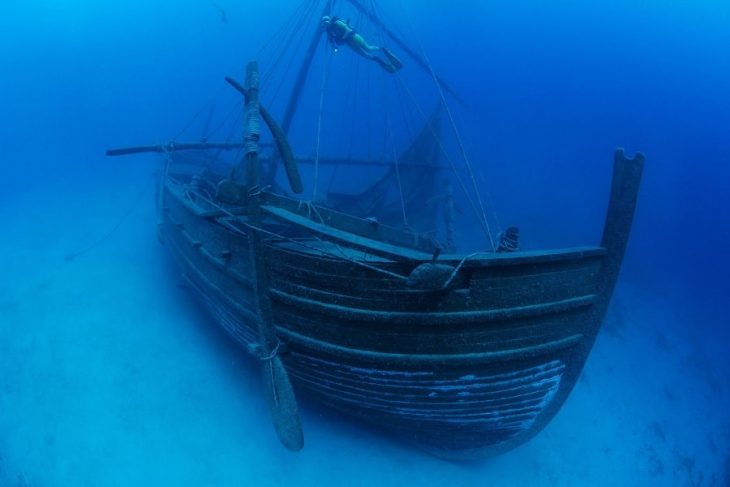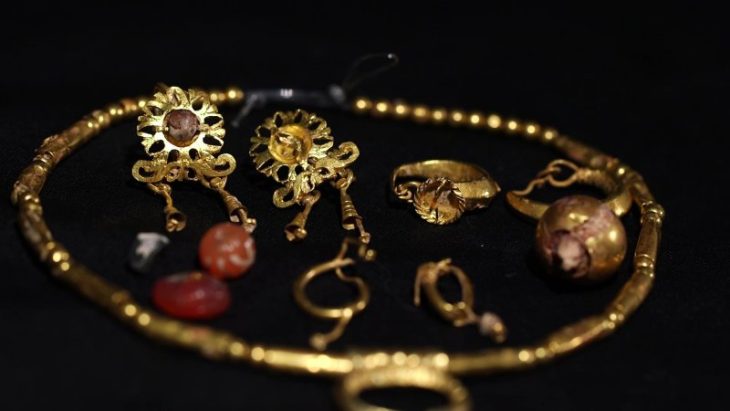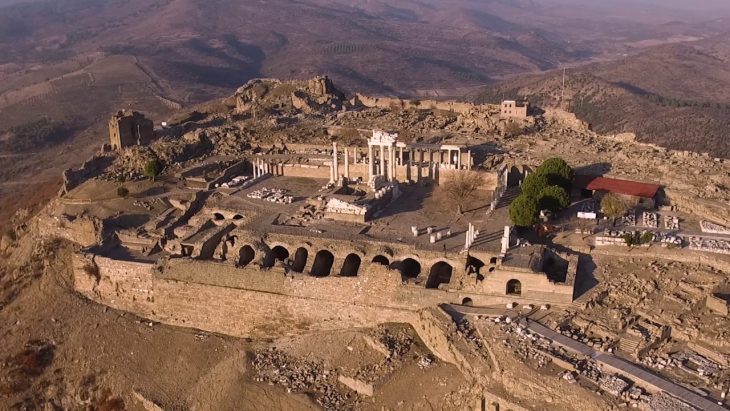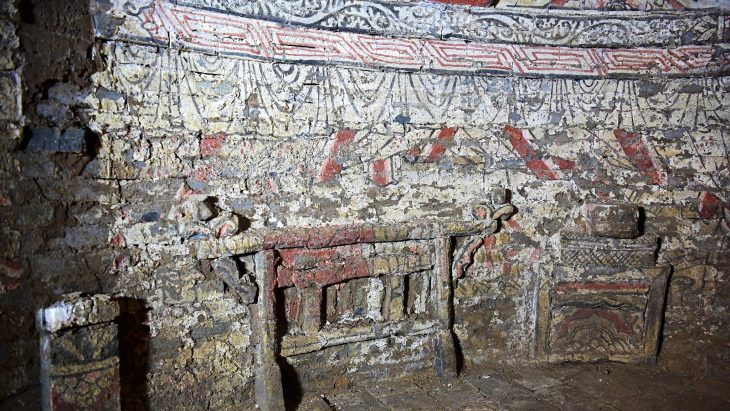The artifacts, found in the 1990s on the ancient Darb al-Hajj route from Cairo to Mecca, may have been in magic rituals, according to a newly released study.
A study recently published by Dr. Itamar Taxel from the Israel Antiquities Authority, analyzed a collection of artifacts discovered in the late 1990s at an archaeological site in the mountains of Eilat. Their research was recently published in the Journal of Material Cultures in the Muslim World.
The collection of items, uncovered along the ancient Darb al-Hajj route in the Eilat mountains of southern Israel in the late 1990s by Moti Shemtov, includes fragments of clay rattles, resembling table tennis balls, which contained small stones that produced sound when shaken. Two artifacts resembling miniature votive incense altars were found, along with several figurines, including one of a naked woman or goddess with raised hands.
According to the study, these artifacts were employed in magical rituals to ward off the evil eye, heal disease, and more.
“This discovery reveals that people in the Early Ottoman Period—just as today—consulted popular sorcerers, alongside the formal belief in the official religion,” the researchers stated.

An analysis of the ceramic artifacts indicated that they originated from Egypt. According to the IAA their discovery marked the first time such a substantial assembly of ritual objects of this nature had ever been found, especially at a temporary site rather than a permanent settlement.
The Darb al-Hajj began in Cairo and traveled through the Sinai Peninsula, the Eilat region, and the town of Aqaba before continuing into the Arabian Peninsula. This route was in use from the first centuries after the rise of Islam, from the 7th century CE until the 19th century CE.
In the vicinity of the Eilat mountains, several camping sites and structures for pilgrims have been discovered. It appears that these structures primarily served during the Mamluk and Ottoman periods, beginning in the 13th or 14th centuries C.E.

Dr. Itamar Taxel noted that many of the artifacts were discovered in a broken state, suggesting they may have been intentionally damaged during ceremonies.
“The artifacts were found broken, and they may even have been purposely broken in the ceremonies. It seems that these rituals were carried out at the site by one or several people who specialized in popular magical ceremonies. From the literary sources, we know that there was a demand for magical rituals among people from different strands of society. Such rituals were carried out daily alongside the formal religious rituals—including in the Muslim world—and it is probable that the pilgrims making their way to the holy cities of Mecca and Medina were no exception.”
Omry Barzilai, the IAA’s southern regional archaeologist, noted that the Darb al-Hajj road intersects the municipal boundaries of Eilat, positioning the city to become part of a unique regional archaeological and tourist area.


